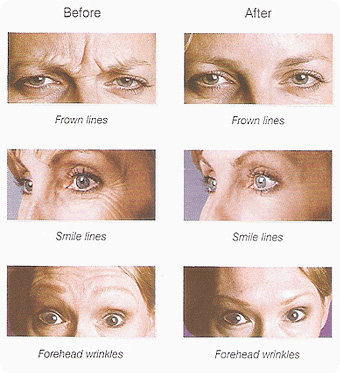As breast enlargement surgery has become more popular, the number of myths surrounding this procedure has risen as well. These rumors have caused many women to become confused trying to separate fact from fiction. What follows is a list of facts and myths about breast implants. Understanding the truth will help you make a better informed decision about your breast enlargement surgery.
Breast Implants Rupture EasilyThis simply isn't true. While there have been cases of breast implants rupturing, this is a highly rare occurrence. Breast implants are tested regularly in strenuous conditions to ensure they withstand daily activities.
You Can't Breastfeed with ImplantsThis myth is a case of sensationalism. It's true that some women have experienced problems with breastfeeding due to their implants. However, this is the exception, not the rule. The vast majority of women who receive breast implants are able to breastfeed with no complications.
Silicone Implants are DangerousSilicone implants were out of favor with the FDA for a long period of time. However, today’s silicone implants are not like those of the past. They are much safer and far more effective. In 2006, the FDA approved silicone breast implants as perfectly safe for women to use.
Breast Implant Surgery is ComplicatedMany women make the unfortunate mistake of assuming any surgeon can handle their breast enlargement. This is a crucial error. You must find a surgeon with ample experience and all the proper certifications. This gives you the best chance of receiving a successful surgery.
Implants must be replaced every 5 to 10 yearsImplants do not need to be replaced unless a problem occurs. Many patients have had implants for 20+ years which continue to be soft and natural looking. Interestingly, the most common cause for implant removal and exchange, is the desire on the patient's part to have larger implants!
Dr Ioannis Georgiou Plastic and Cosmetic Surgery, Cyprus
Breast Implants Rupture EasilyThis simply isn't true. While there have been cases of breast implants rupturing, this is a highly rare occurrence. Breast implants are tested regularly in strenuous conditions to ensure they withstand daily activities.
You Can't Breastfeed with ImplantsThis myth is a case of sensationalism. It's true that some women have experienced problems with breastfeeding due to their implants. However, this is the exception, not the rule. The vast majority of women who receive breast implants are able to breastfeed with no complications.
Silicone Implants are DangerousSilicone implants were out of favor with the FDA for a long period of time. However, today’s silicone implants are not like those of the past. They are much safer and far more effective. In 2006, the FDA approved silicone breast implants as perfectly safe for women to use.
Breast Implant Surgery is ComplicatedMany women make the unfortunate mistake of assuming any surgeon can handle their breast enlargement. This is a crucial error. You must find a surgeon with ample experience and all the proper certifications. This gives you the best chance of receiving a successful surgery.
Implants must be replaced every 5 to 10 yearsImplants do not need to be replaced unless a problem occurs. Many patients have had implants for 20+ years which continue to be soft and natural looking. Interestingly, the most common cause for implant removal and exchange, is the desire on the patient's part to have larger implants!
Dr Ioannis Georgiou Plastic and Cosmetic Surgery, Cyprus



